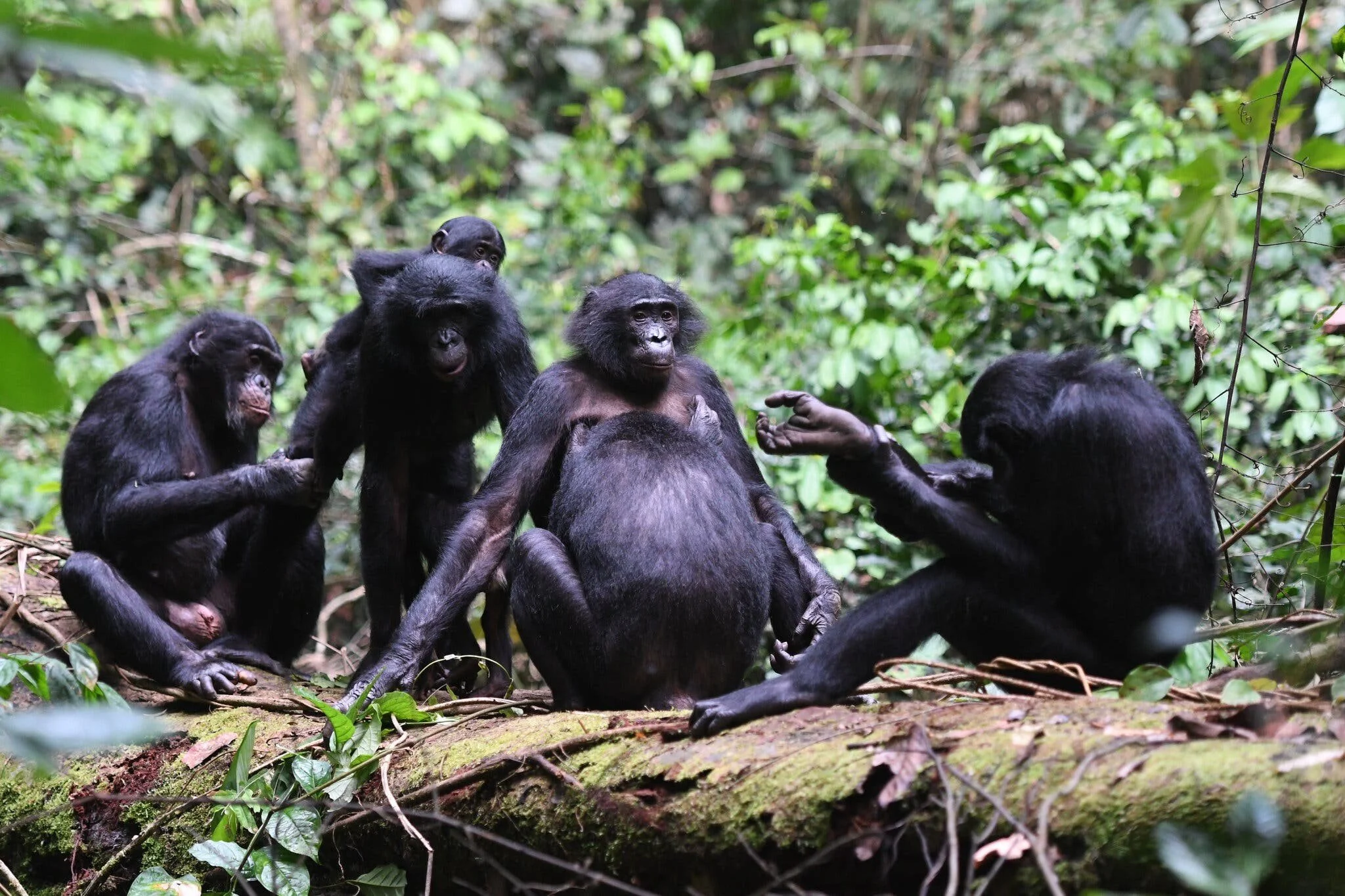Migrating Moths Use Star Navigation to Find Their Way
Each spring, billions of brown moths fly more than 600 miles in southeastern Australia to escape summer heat, to a small clutch of cool caves located in the Australian Alps. They find their way by using the stars, then return to their breeding grounds in the autumn to reproduce, then they die.
That’s a neat trick for an animal that lives only one year. The bogong moth (Agrotis infusa) also taps into the Earth’s magnetic field for guidance on their twice-in-a-lifetime migration, but now we know that’s just their backup system. Celestial navigation is the real show.
Lund University zoologist Eric Warrant and colleagues captured thousands of moths and placed them in “a special flight arena” they’d constructed inside a lab. They covered the arena in magnetic coils (to negate the Earth’s magnetic field) and projected a highly realistic star-filled night sky on the ceiling.
“What we found next astounded us,” Warrant writes. “Using only the local Australian starry night sky projected above them, bogong moths flying in our arena were able to discern and follow their inherited migratory direction — both in spring and in autumn.”
The researchers identified specialized neurons in the moth’s brain that respond to the stars and are responsible for navigation and steering. “It’s a remarkable example of complex navigational ability packed into a tiny insect brain,” says Warrant. The findings might help engineers fine-tune the navigational systems of drones and other bots; it also might aid in developing conservation measures for species like the bogong, which are endangered.
The moths join a short list of other animals that use stars to navigate, including several bird species, seals, frogs, and humans. The bogong moth is the first insect we know of that relies on the night sky for long migrations. The only other stargazing invertebrate, the dung beetle, looks to light from the moon and Milky Way to guide them as they push their dungballs.
The new research appears in the journal Nature.
Photo credit: Ajay Narendra / Lund University







